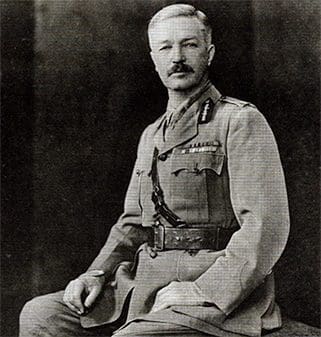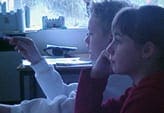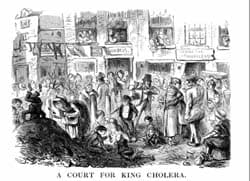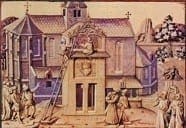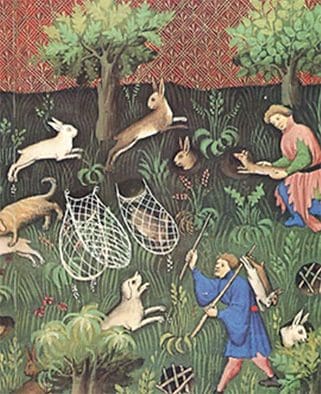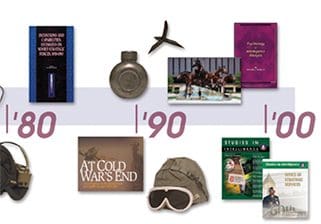
Much neglected for many years, the teaching of chronology is now back centre-stage. Already, leading thinkers such as Ian Dawson and Chris Culpin have produced lots of really helpful advice. Ian in particular has always been keen on telling ‘thematic stories’ in history to deepen pupils’ sense of time. In this section I explore some of the key ideas we want pupils to understand by the end of the key stage and some of the more imaginative teaching and learning strategies you might use to get them there. I am grateful to Sarah Herrity for developing many of my early ideas into a much more polished state.
1. What’s the starting point of most pupils in Y7?
This is not part of a What is history course, when pupils draw timelines and learn about centuries and AD/BC/CE, but instead an attempt to establish what pupils already know from KS2. By


